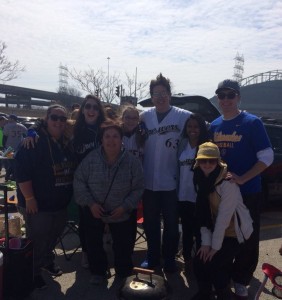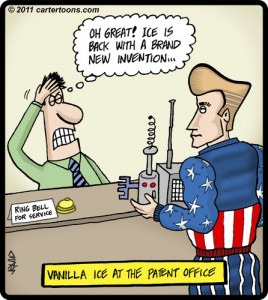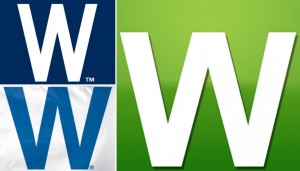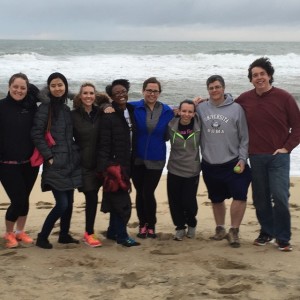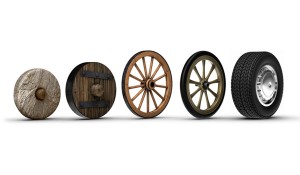A post from our student blogger Megan
The MSPL just participated in a mock Markman Hearing last week. The shorthand term “Markman Hearing” refers to a United States Supreme Court case, Markman v. Westview Instruments, Inc., 517 U.S. 370 (1996). This case hinged on whether claim construction was a job for a judge or a jury. The holding decidedly provided that claim construction is to be determined by the finder of law, or a judge. Finders of fact, or juries, however, are guaranteed through the 7th Amendment in patent infringement cases which are totally separate proceedings.
Markman Hearings differ from infringement trials, though. The purpose of a Markman Hearing is to decipher what the claim terms of a patent mean. If you recall from some of my earlier blogs I discussed that claims are the legally enforceable portion of a patent. Claims essentially describe the invention that is to receive patent protection. And just because you receive a patent doesn’t mean that you are finished with the legal system with regard to that invention. Depending on the patent and the parties involved, your patent may become the subject of heavy litigation at some point. This litigation will likely stem back to the claims of your patent. If your claims are unclear another party may infringe, or unlawfully make, use, sell, or import your invention. This gives you reason to sue for infringement.
For our Markman Hearing the MSPL was given a set of children’s connector toys. If you were born in the eighties or nineties you remember Tinkertoys and K’nex®. We were given a larger version of these as the subject products in question for our hearing. This brought back some great memories for me because my grandmother had a set of giant Tinkertoys that she hid in obscure places in her home in Iowa. She hated to clean the mess we made after playing with these toys and knew that my brothers and I would never clean up after ourselves, so we had to sneak the set out of her basement when she wasn’t looking. This got a lot of nervous giggles out of us but when she’d discovered what we’d done, she would laugh, too. Who knew that years later I would be trying to interpret the claim construction of the patent drafted to protect this childhood memory of mine?!
During the hearing, the MSPL was split into two groups: one group became the plaintiffs and the other group became the defendants. The plaintiffs accused my group—the defendants—of infringing their product by making some connector toys almost identical to their toys. Just as in a real Markman Hearing, both sides met to discuss what claim terms they agreed were ambiguous and needed to be argued. Both groups met outside class to formulate arguments and draft briefs to the Court. A hearing was scheduled to argue the meaning of the ambiguous claim terms and the briefs were submitted to the judges—our professors.
The day of the hearing the defendants knew that they were in trouble as soon as one of our judges/professors, Tom Mauch, saw the infringing product and proclaimed, “defendants, you’re toast.” As you can see, this mock Markman Hearing was more laidback than an official courtroom setting; however, it was conducted very close to the procedure of an actual hearing. Both sides were given time to present their arguments as well as ten minutes of rebuttal.
This mock experience taught us a lot of valuable, practical information. First, we need to be careful how we initially draft claims—if your claims are unclear you put your client at risk for litigation at a later time. Second, develop your argument but also think about what your opponent’s argument is going to be so you can anticipate and craft a formidable rebuttal. Finally, claim drafting and claim interpretation are learned skills. It takes effort and practice to become proficient at these things, allow time to develop this ability.
The Markman Hearing symbolizes the endpoint with respect to the obligations that we had to meet for our capstone requirement in the MSPL. It is with bittersweet excitement that I write this blog on a rainy Saturday afternoon in late April. Our time in the MSPL has almost come to an end but as I finish this eighteenth blog I am reminded of a quote that I will leave you with: “every end is a new beginning.”
